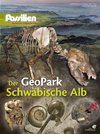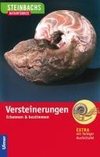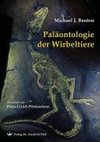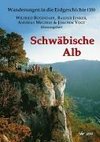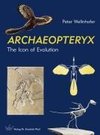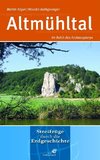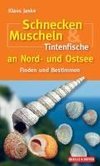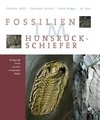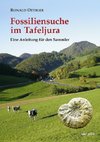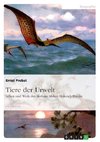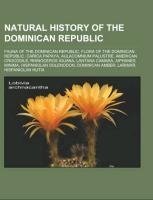
Natural history of the Dominican Republic
Source: Wikipedia. Pages: 26. Chapters: Fauna of the Dominican Republic, Flora of the Dominican Republic, Carica papaya, Aulacomnium palustre, American crocodile, Rhinoceros Iguana, Lantana camara, Aiphanes minima, Hispaniolan Solenodon, Dominican amber,... Viac o knihe
Produkt je dočasne nedostupný
12.67 €
bežná cena: 14.40 €
O knihe
Source: Wikipedia. Pages: 26. Chapters: Fauna of the Dominican Republic, Flora of the Dominican Republic, Carica papaya, Aulacomnium palustre, American crocodile, Rhinoceros Iguana, Lantana camara, Aiphanes minima, Hispaniolan Solenodon, Dominican amber, Larimar, Hispaniolan Hutia, Solanum mammosum, Vitis tiliifolia, Nelumbo lutea, Zamia pumila, Vallisneria americana, Utricularia juncea, Puerto Rican Crested Anole, Cissus trifoliata, Manilkara valenzuelana, Hispaniolan pine forests, Sphaerodactylus ariasae, Utricularia jamesoniana, Phyla dulcis, Utricularia pusilla, Croton eluteria, Cyathea crassa, Common Ameiva, Cyathea brooksii, Cyathea fulgens, Cyathea abbottii, Haitia, Cyathea balanocarpa, Jatropha integerrima, Dorstenia erythranda, Croton ciliatoglandulifer, La Selle Thrush, Senna domingensis, Pereskia quisqueyana, Dorstenia peltata, Diceratobasis melanogaster, Progomphus tennesseni, Protoneura sanguinipes, Progomphus zephyrus, Panthea reducta, Dominican Caribbean Toad, Sideroxylon dominicanum, Sideroxylon rubiginosum, Abarema abbottii, Sideroxylon anomalum, Croton barahonensis, Bactris plumeriana, Pimenta haitiensis. Excerpt: Aulacomnium palustre, or Ribbed Bog Moss is a moss that is nearly cosmopolitan in distribution. It occurs in North America, the Dominican Republic, Venezuela, Eurasia, and New Zealand. In North America, it occurs across southern arctic, subboreal, and boreal regions from Alaska and British Columbia to Greenland and Quebec. Documentation of ribbed bog moss's distribution in the contiguous United States is probably incomplete. It is reported sporadically south to Washington, Wyoming, Georgia, and Virginia. Ribbed bog moss is frequent in arctic to subboreal wetlands. Moss assemblages are typically diverse in northern (arctic, subarctic, and boreal) plant communities, and individual moss species often have low cover and/or frequency. Moss species with coverages of 2% to 4% can be common to dominant in boreal communities, although ribbed bog moss attains coverages as great as 40% in some boreal communities. Ribbed bog moss grows in open and forested wetland communities. In unforested northern communities, ribbed bog moss is found in sedge (Carex spp.) meadows, sphagnum (Sphagnum spp.) peatlands, heath-sedge fens, and willow (Salix spp.)- dominated fens. In forests, ribbed bog moss grows in the ground layer of boreal and subboreal white spruce (Picea glauca), black spruce (P. mariana), mixed spruce-tamarack (Larix laricina), and jack pine (Pinus banksiana) fens and bogs of Alaska, Minnesota, and Canada and in boreal spruce-birch (Betula spp.) forests of Alaska and northwestern Canada. Mosses are abundant in taiga forests of interior Alaska and Canada, forming characteristic strata in nearly every taiga forest type. Less is known of ribbed bog moss associations south and east of Minnesota, although ribbed bog moss has been noted in some swamp, coniferous and/or hardwood bog, and grassland communities. Ribbed bog moss grows in red maple (Acer rubrum) swamps of Long Island, New York, and Little listed ribbed bog moss as common (1-4% frequency) in Atlantic white-cedar (Chamae
- Vydavateľstvo: Books LLC, Reference Series
- Formát: Paperback
- Jazyk:
- ISBN: 9781157889113

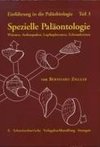
 Nemecký jazyk
Nemecký jazyk 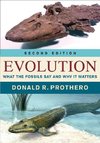
 Anglický jazyk
Anglický jazyk 